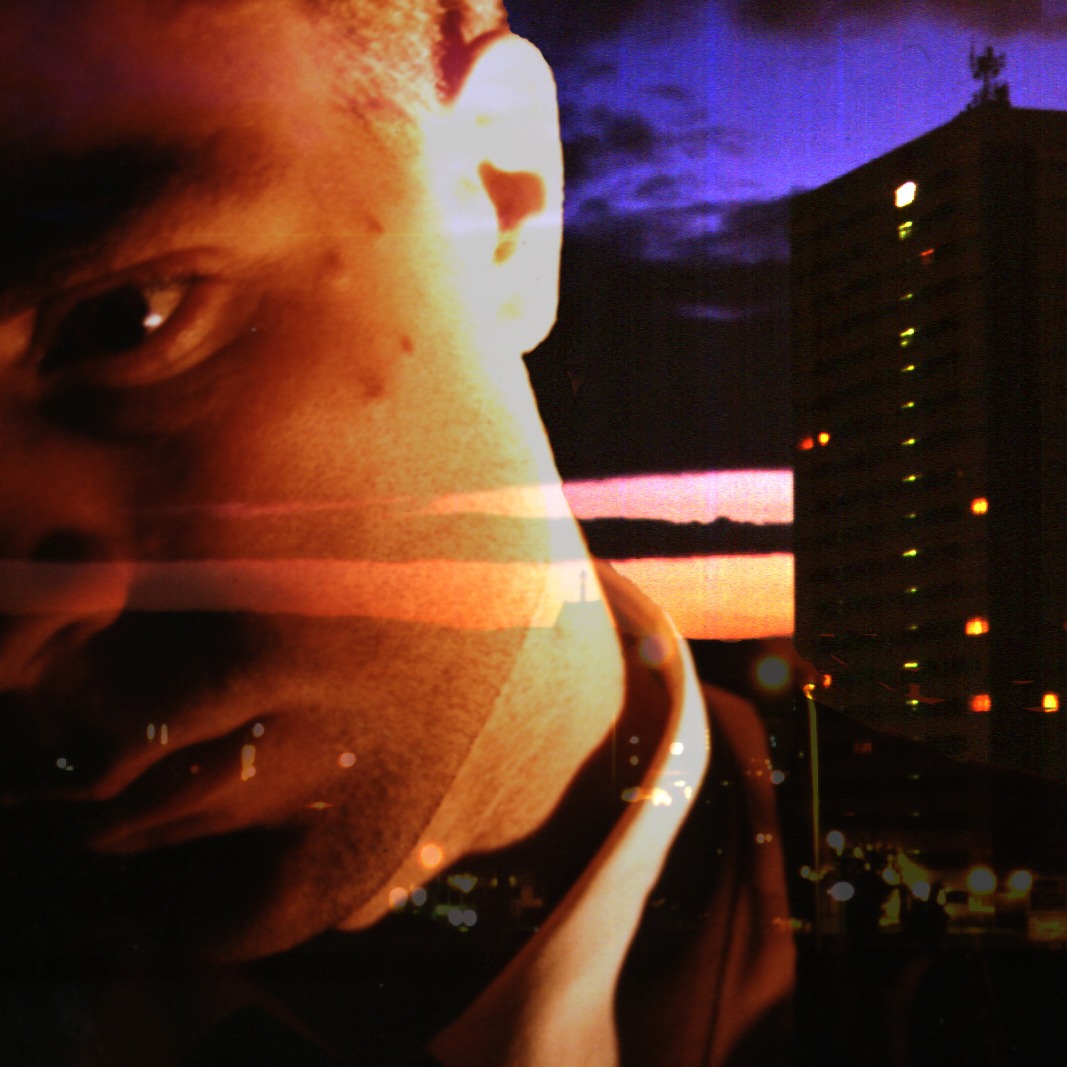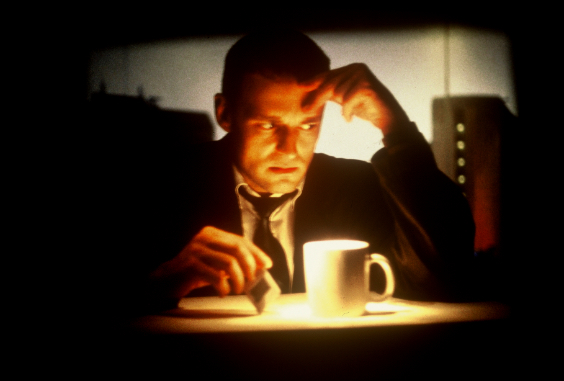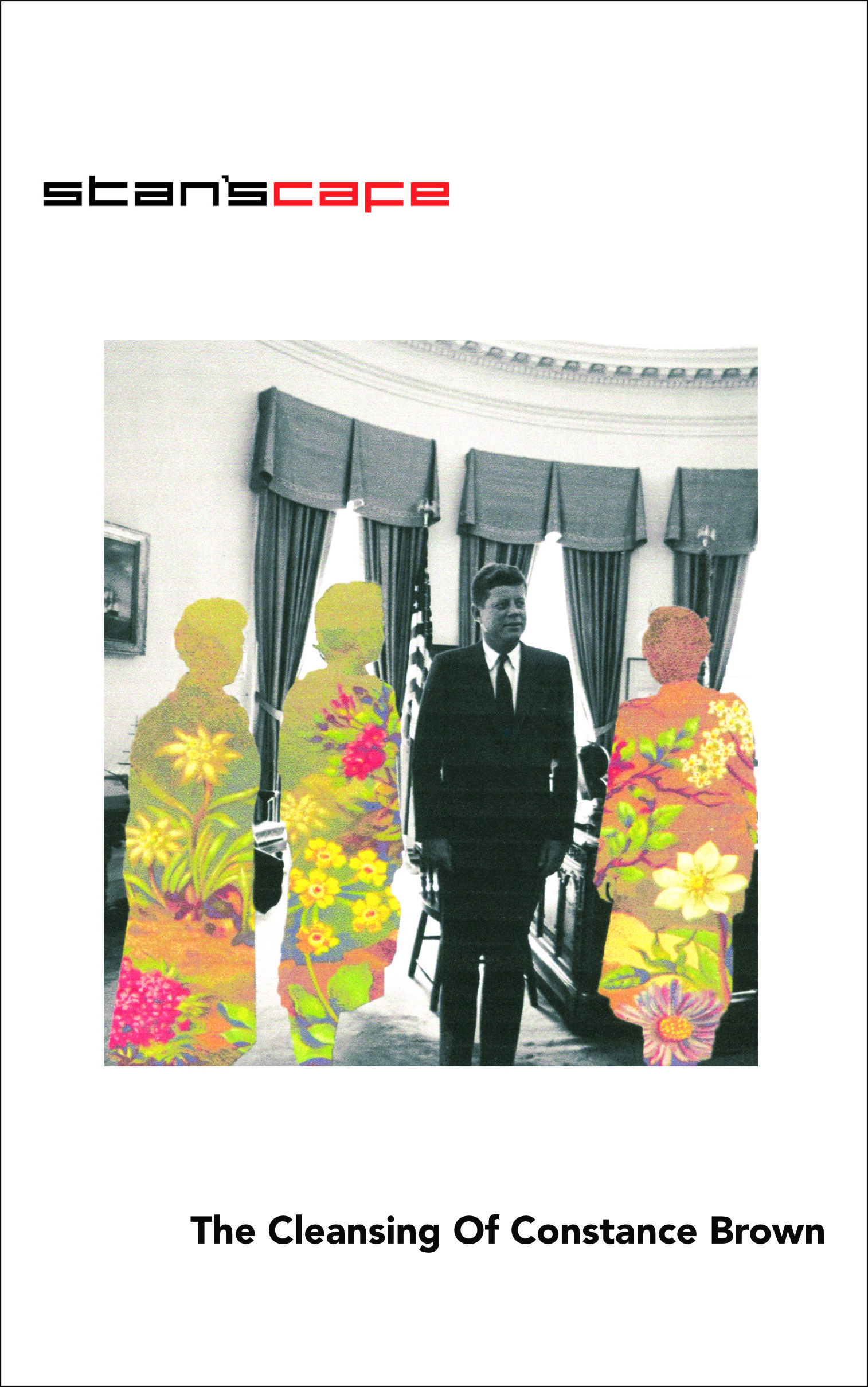
Paper delivered at Informal European Theatre Meeting, Milano, November 2004.
Written for the Working Group – Technology and Perception.
Most of us can only dream the dreams the world allows us to dream.
We should welcome new technologies as they help us to extend the scope of these dreams. Technological innovators and early adopters are vital if new means of expression are to develop, evolve, be mastered and absorbed into common usage to the benefit of us all. We must strike a balance. We should be open to and encourage experimentation, whilst being wary not to fetishise ‘the new’ for the sake of its novelty.
It takes time and experience to learn the dexterous handling and deployment of any tool and when that tool is new to the world and there is no one to teach you its use, this learning takes longer still. Early works with new technologies are inevitably going to be crude when compared with more mature works. Maybe on occasions it is ‘the shock of the new’ that wows an audience rather than a deeper merit. As technological innovation develops apace, we must be careful not to surf the wave of its advance and disregard all that is left in its wake.
Existing technologies are not exhausted, how can you exhaust the pencil? In a climate of growing digital fever Stan’s Cafe created It’s Your Film a show that, even now, six years later, dazzles and amazes audiences. The show is four minutes long, audiences watch it alone, sitting in a small booth, looking through a rectangular aperture. Beyond the aperture they see two figures, their actions framed cinematically in close up and long shot, in interior and exterior scenes.

The performers appear to be acting live and yet their images dissolve into each other in a way that only seems possible on film or video. Audiences usually emerge from the booth shaken, amused or amazed.
Occasionally they ask ‘how is it done?’ or ‘was it really a film?’. Now and again someone asks what new form of video or holographic projection we are using. In fact although it does use video projection for its grand finale, the device that leaves people gasping is a new twist on a hundred year old trick using a single sheet of glass. Audiences respond to good or bad art, not new or old technology.


I understand that in very early cinema the projector as well as the screen formed part of the spectacle. Maybe it was only as the audience’s focus shifted from the projector to the screen that cinema became an art. I feel we must be careful about placing the means of production centre stage as the main attraction.
When we dream dreams beyond the world as it is, sometimes technologies can be developed to remake the world as we have dreamt it. Stan’s Cafe’s sensory art installation The Black Maze was imagined in 1995 without any idea of how it could be made.
It was to be a labyrinth of narrow twisting corridors, mostly pitch dark, filled with sound, lighting and tactile effects that respond to the audience as they journey through it, alone or in pairs. In late 1999 two electrical friends found and built solutions for us: bespoke switching devices, digital samplers, effects boxes, an infra-red camera and banks of light emitting diodes.


Whilst all these technological tricks help make The Black Maze an experience that shakes, stirs and delights people, the thing audiences respond to most strongly is the simple act of entering a pitch-black corridor that leads towards the unknown. Our technology is hidden in the darkness, it is important for what it does, not what it is. Our publicity does not mention technology, instead it describes the experience; except when we are trying to get booked into festivals celebrating ‘new technologies’.
It may be thought that the Avant Garde is contractually obliged to adopt the latest developments in technology. This is not the case. Georges Perec wrote his novel La Disparition omitting the letter ‘e’. The letter ‘e’ is a great piece of technology without which huge swathes of language cease to function. You may think that to not put this symbol in your writing is stupid or amazing. Naturally it brings on difficulty and kills lots of ways of writing, but as this constraint shuts thousands of doors, so it kicks occasional doors in. Our author must now think about his writing in ways not thought of prior to now; and as our author thinks in prior to now ways, prior to now things pop out.


Be Proud Of Me is performed to a backdrop of slide projections. People love the show and love talking about it. Occasionally we meet a technology fan who asks why we have not used computers and digital projection. They are right of course, their approach would probably have been be easier, quicker, lighter and, ironically, cheaper that our ‘retro chic’ analogue, with its twin projectors and dissolve unit.
Whilst we could legitimately reply that the image quality from affordable digital kit is not yet good enough, our reasoning lies deeper than that. We like the fact that slides can only do slide things; they have their own language, which is different from that of video or film. There is a quality to a slide’s enforced stillness, a seductiveness to the gaps that lie between them, a ‘thing-ness’ to their substance, all of which we love.


The clunk of the projectors has become part of the show, along with the dust, and the lenses’ minute refocusings. With video projections we would always have been tempted to allow movement on the screen distracting from the live performers. With video the show would not have ended with a corpse and a camera tucked inside an inside breast pocket, rewinding in the dark. A la Perec we denied ourselves a useful technology and fed off the difficulties this lack created. Be Proud Of Me uses what are amongst last slide projectors Kodak will ever make.
We must not be narrow in our thinking of technology and art. Paint is a new technology that has been evolving for thousands of years; with each evolution previously impossible images became possible. Historically there was no gap between the artist and the technologist. Painters developed paints that would allow them to paint in ways previously dreamt of by no one but themselves. Let us not promote the paint; let us celebrate the painting.

James Yarker, 20/11/04.




